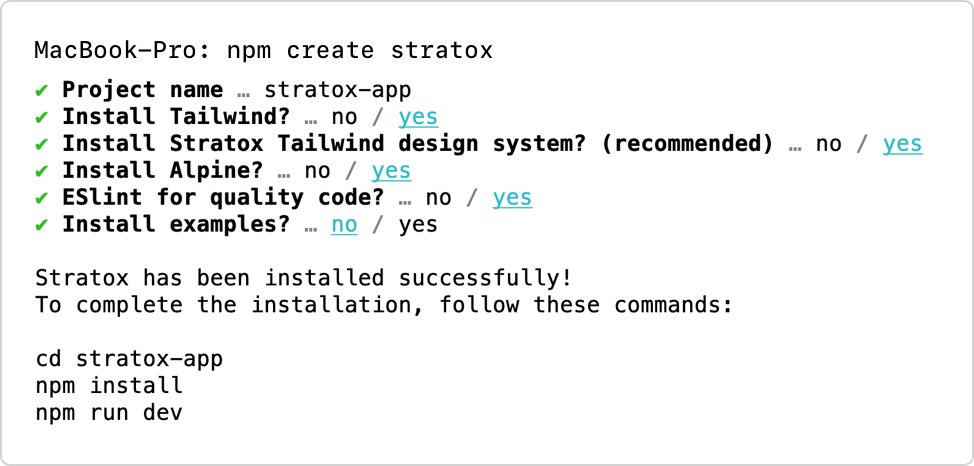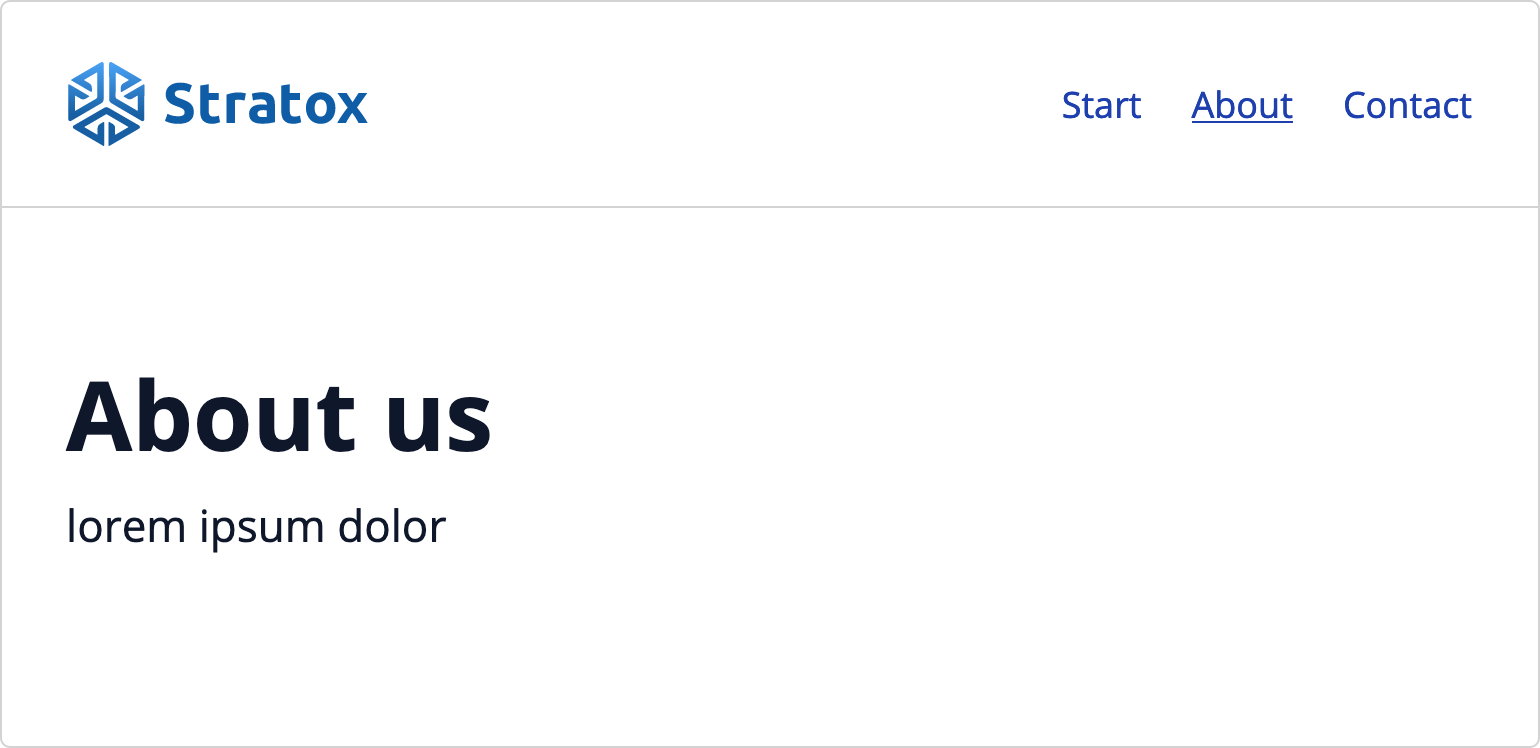create-stratox
v2.1.0
Published
JavaScript template framework for the effortless creation of component, views and user interfaces (UI).
Downloads
42
Maintainers
Readme
Stratox.js 

Stratox.js is a versatile JavaScript solution that empowers developers to create everything from high-quality Single-Page Applications (SPAs), developing full-scale applications to enhancing static HTML with dynamic components—effortlessly. Whether you opt for the framework or the template library, Stratox.js provides a robust foundation for modern web development.
Delivering outstanding performance and fast response times across platforms, Stratox.js operates independently of external dependencies. Its UI engine and form builder align with HTML semantics, ensuring simplicity and accessibility.
Stratox.js is built to be user-friendly, that simplifies the creation of applications.
Stratox: Library or Framework?
Are you looking for the Stratox Library or the Stratox Framework? Stratox is available as both a library and a framework, catering to different development needs.
Startox: Framework
Stratox also comes as a fully-featured framework, offering a comprehensive solution for building modern, dynamic applications from the ground up. The framework simplifies complex tasks with built-in tools and structured workflows, making it ideal for creating full-fledged web apps with minimal setup. If you’re seeking a robust foundation to kickstart your project, the Stratox Framework is your go-to choice.
Stratox Framework documentation
Startox: Library
The library version provides a lightweight, flexible tool that integrates seamlessly with your existing scripts, giving you full control over implementation. It’s an excellent choice for enhancing static websites with dynamic content, allowing you to add interactivity without overhauling your entire setup.
Example
Below is a just basic example to demonstrate how easy it is to build a component.
export default function MyTextComponent({ props }) {
return `
<header>
<h1>${props.headline}</h1>
<p>${props.content}</p>
</header>
`;
}Resulting in

